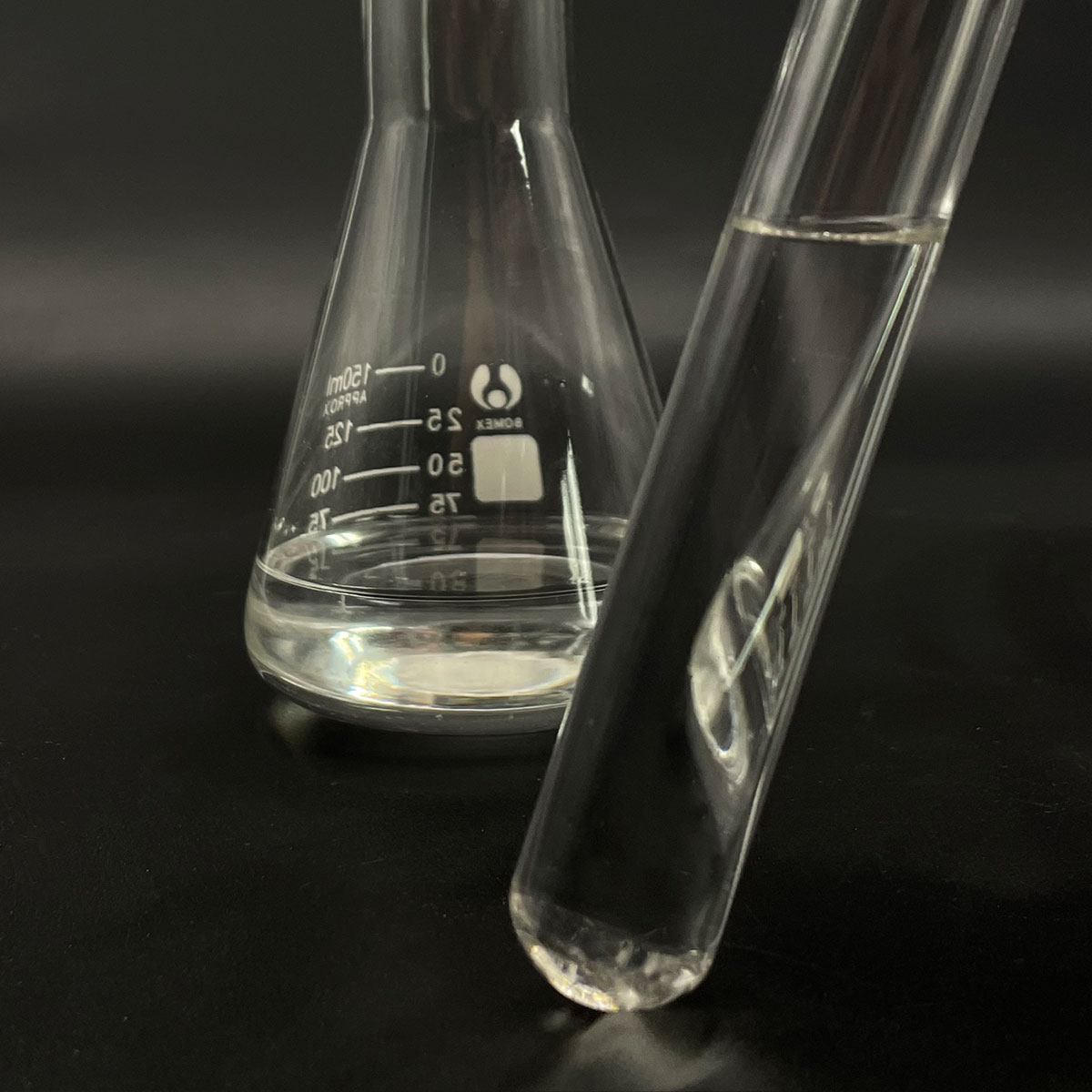**Water’s Skin: What Pokes the Biggest Hole in It?**
(Which Surfactant Lowers The Surface Tension Of Water The Most)
Ever watch a water strider skate across a pond? It’s walking on water’s skin. That skin is surface tension. It’s water molecules clinging tightly together. Sometimes we need to break that skin. We use surfactants. They’re special molecules. One end loves water. The other end hates it. They act like peacemakers. They let water mix with oil and grease. Not all surfactants are equal though. Some rip through water’s surface tension much harder than others.
So, who’s the champion tension-buster? The crown goes to fluorosurfactants. These guys pack serious power. Regular soap uses a hydrocarbon tail. That’s a chain of carbon and hydrogen atoms. It’s greasy. Water hates it. Fluorosurfactants go bigger. They use a fluorocarbon tail. That means some hydrogen atoms get swapped for fluorine atoms.
Fluorine changes everything. Carbon-fluorine bonds are incredibly strong. They’re practically bulletproof. They’re also very slippery. Water molecules struggle to grip onto them. It’s like trying to hold onto ice with greasy hands. A hydrocarbon tail just avoids water. A fluorocarbon tail actively repels it. Water recoils.
This super-repulsion is key. The fluorocarbon tail forces its way into the water surface. It pushes water molecules apart violently. It disrupts their tight huddle far more aggressively. Think of a crowd. A regular surfactant is like someone gently nudging through. A fluorosurfactant is like a bulldozer plowing in. The crowd scatters wider.
The numbers prove it. Plain water has high surface tension. Adding a common soap lowers it decently. Adding a fluorosurfactant? It crashes down dramatically. We measure surface tension in dynes per centimeter. Water sits around 72 dynes/cm. Good soap might get it down to 30 dynes/cm. A powerful fluorosurfactant? It can smash it below 20 dynes/cm. That’s a huge drop. It leaves other surfactants far behind.
This power isn’t just for show. We need this extreme effect sometimes. Firefighting foam is a big one. Fluorosurfactants let foam spread incredibly thin and fast. It smothers flames quickly. They create super-effective water repellents too. Think stain-resistant carpets or outdoor gear. The fluorosurfactant makes water bead up and roll right off. It won’t soak in. They help in special coatings and electronics manufacturing.
(Which Surfactant Lowers The Surface Tension Of Water The Most)
Fluorosurfactants win the tension war. Their fluorocarbon tails are the ultimate water haters. They shove water molecules apart with unmatched force. This makes them the undisputed kings of lowering surface tension. They turn water’s tough skin into something weak and spreadable. Next time you see rain bead on your jacket, thank a fluorosurfactant. It made that happen. Firefighters rely on their power every day. Imagine thick foam instantly coating burning fuel. That’s fluorosurfactants at work.
Inquiry us
if you want to want to know more, please feel free to contact us. (nanotrun@yahoo.com)




